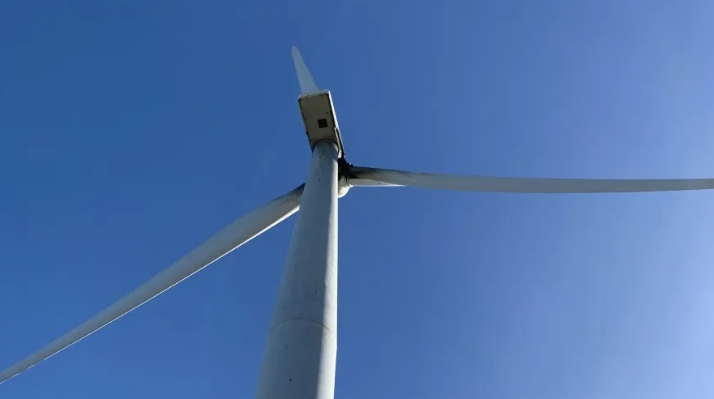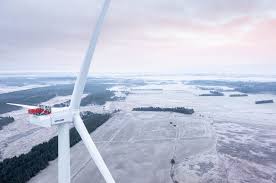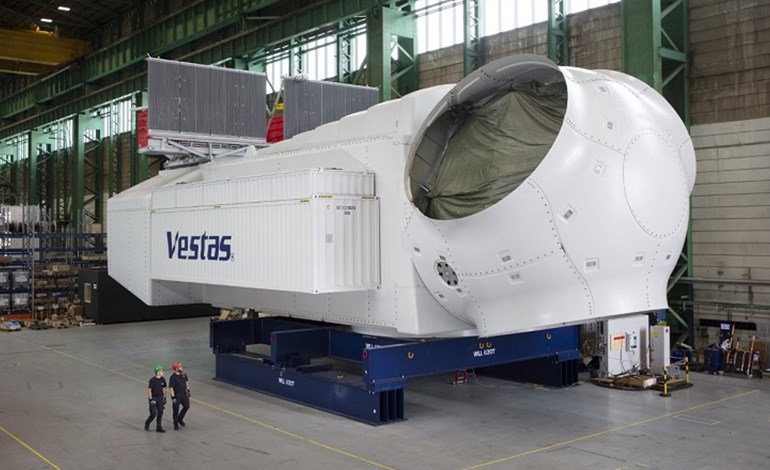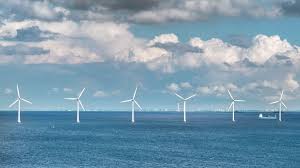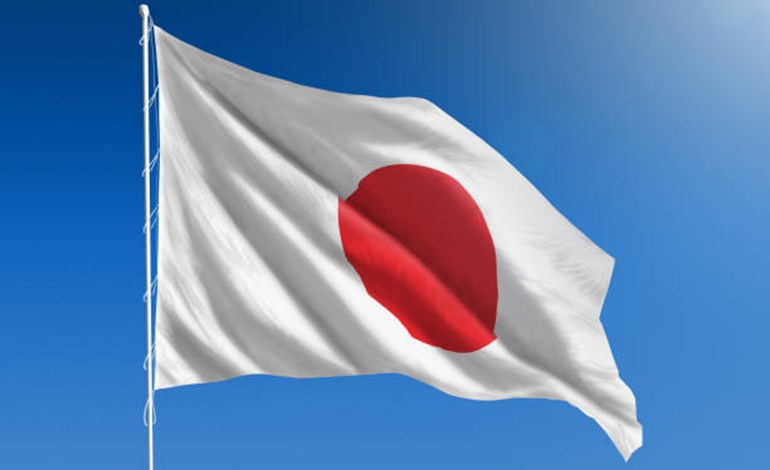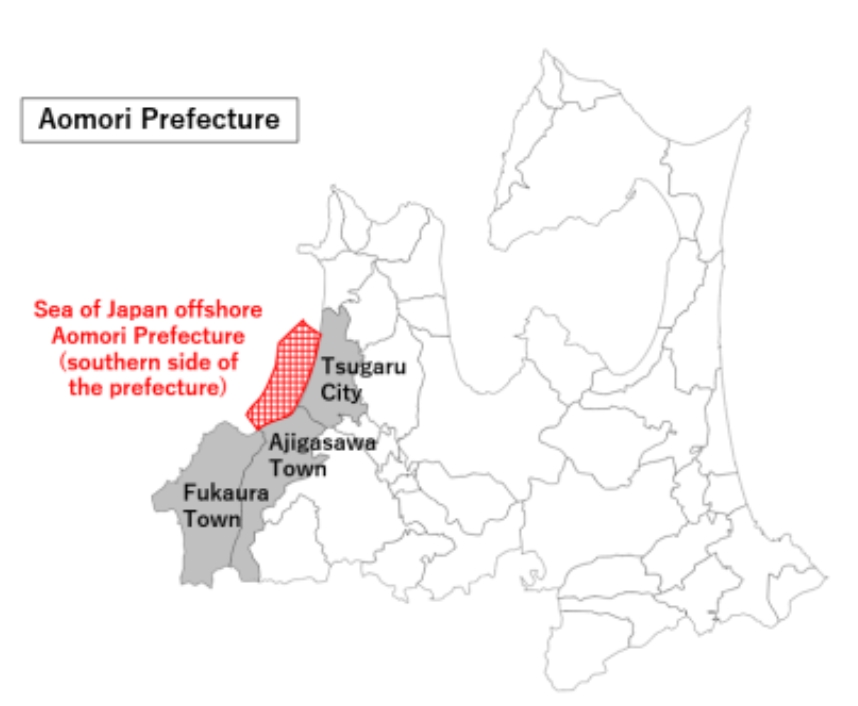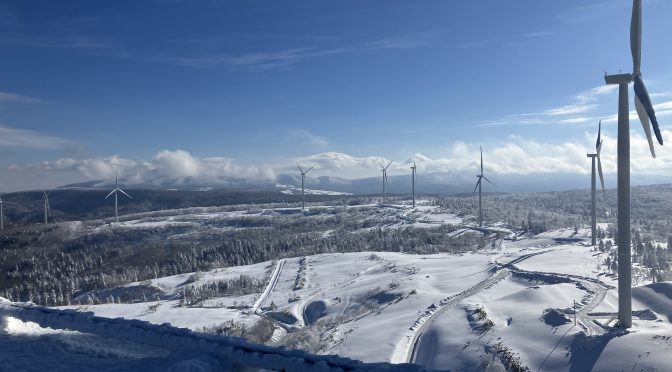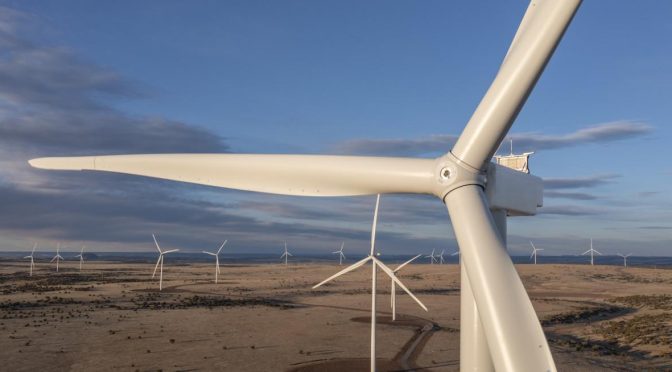Bharat Petroleum, which is the national coordinator for ethanol blending by state-owned refiners, is confident of meeting the new government target of blending 10 per cent biofuel with petrol by 2022 with the latest addition of maze to the list of feedstock for the green fuel.
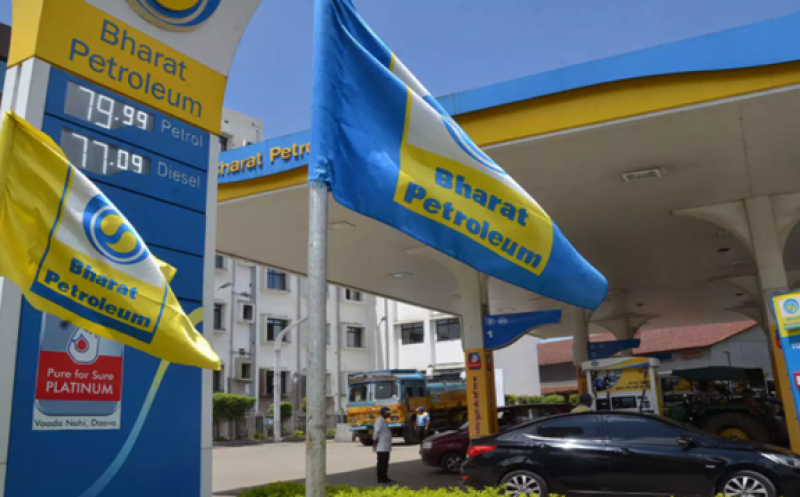
State-run oil marketers are required to blend 10 per cent ethanol in petrol under the national policy on biofuels 2018 by 2022 and 20 per cent by 2030. But so far this has not been moving at scale as surplus sugarcane was not easily available and the blending is only 5 per cent now.
To improve supplies of ethanol-blended petrol, the government has widened the feedstock options. Accordingly, the National Biofuel Coordination Committee of the oil ministry in June allowed the conversion of surplus rice with the Food Corporation into ethanol.
And on Monday (November 16) it also allowed procurement and conversion of the surplus maze into ethanol.
With this, the ethanol production happens from six feedstocks--100 per cent sugarcane juice/sugar syrup/sugar; B-heavy molasses which is sweeter; C-heavy molasses which is mildly sweet; damaged food grain; surplus rice from FCI and surplus maize.
More feedstocks will enable faster procurement and the resultant conversion into ethanol blending, Arun Singh, the director for refineries and marketing at BPCL said, adding surplus rice procurement process from FCI has already started for the 2020-21 cycle and very soon OMCs shall start procuring maze for making ethanol as well.
"We are on our way to achieving ethanol blending target of 10 per cent for petrol by 2022, as additional sources for ethanol have been added now," Singh told PTI on Tuesday.
He said currently OMCs are able to blend only 5 per cent or 180 crore litres of ethanol and blamed the lower blending to the shortage of sugarcane last year due to the drought in many regions of key sugarcane producing states. But this year sugar production is expected to be surplus due to the good monsoons, he added.
Singh expects ethanol blending will rise to 7.5-8 per cent or 325-350 crore litres in 2021 and 10 per cent or 370 crore litres in 2022 with more feedstock to choose from.
Of the total blending by 2022, 300-350 crore litres will come from sugarcane, and the rest from non-sugar feedstock like damaged foodgrains, he said, adding 160 crore litres of 180 crore litres come from sugarcane.
The national policy on biofuels 2018 envisages that during a crop year if there is projected over-supply, the surplus can be converted into ethanol. And according to Road and Highways Minister Nitin Gadkari, the ethanol economy is a Rs 50,000-crore opportunity if scaled up as planned.
As of April 1, 2020, the FCI has a total of 58.49 million tonne foodgrains in its godowns. Of this, rice is 30.97 million tonne and wheat 27.52 million tonne, which are much higher than the required reserve of about 21 million tonne.
Singh said the estimated annual petrol demand is pegged at 4,600 crore litre this year, which means 450-460 crore litre of ethanol mixing in the December 2020-November 2021 crop cycle.
